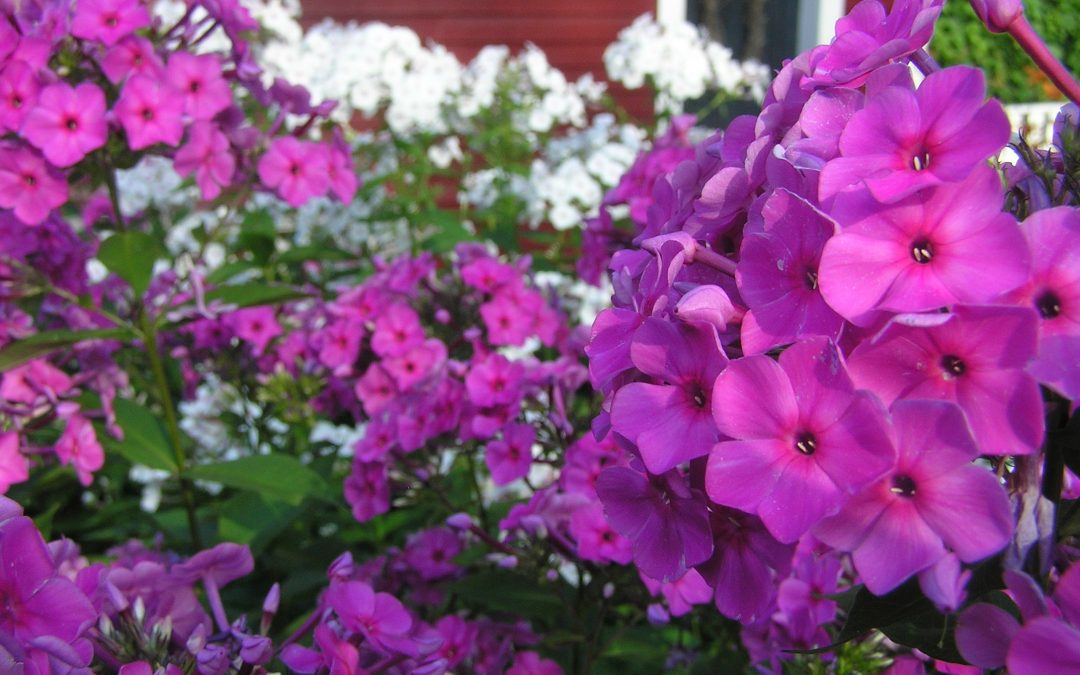About Heronswood Phlox
With over 70 species comprising the genus, nearly all Phlox are native to North America. Their clusters of flat-faced, five-petal flowers attract butterflies and hummingbirds and are often mildly fragrant, and make good cut flowers. Perennial species range in height from low, mat-forming (P. divaricatus and other spring-blooming woodland species) to tall, clump-forming (the summer bloomers). P. paniculata types (including ‘David’ and ‘Shortwood’) are especially long-blooming in summer. Although Phlox have a propensity to mildew, our selections include those with the best resistance to this affliction in humid summer areas.
How to care for your Heronswood Phlox
Phlox are hardy and generally trouble-free perennials but should be planted soon after receiving them. Just make sure as with all new plant arrivals that the soil is kept moist (but not soaking wet), and the plant is held in an outdoor location protected from direct sunlight. The north side of your house or an unheated garage make excellent holding places. If you do not plan on planting for at least a week, consider heeling/trenching the plant into the north side of the garden. You’ll need to pay attention to the moisture, keeping the root zone moist to the touch.
Where do I plant my Phlox?
Select a site with relatively humus-rich, evenly-moist but well-drained soils. Avoid rocky, dry soils – Phlox are not very drought-tolerant plants. The summer-blooming phlox (P. paniculata and P. arendsii, ‘David’, and ‘Shortwood’) should be planted in half-day to full sun. Phlox divaricatus types are woodland plants and are ideally planted in the high shade of large trees, but partial-shade or morning sun locations will suffice.
How do I plant my Phlox?
Dig a hole that is twice as wide and deep as the container the plant is in. Incorporate some organic matter (humus, compost, peat moss, and the like). Backfill the hole and set the plant "crown" (just above where the roots meet the stem) even with ground level, firming the soil around the roots. Water-in well as with any new planting.
What should I do in order to have my Phlox increase in beauty from year to year?
The taller summer Phlox can grow lanky. To avoid staking, you can cut established clumps to within 12-18" of the ground in June; they will bloom a bit later but on sturdier, more compact plants. As the flowers fade and seed pods form, cut back the stem tips below the pods. This encourages a second flush of bloom and will prevent seedlings from sprouting in surrounding areas, since the offspring are typically unlike the parent plant and often bear unappealing "muddy pink" flowers. During periods of drought, supplemental watering (a deep soak once per week) is beneficial especially in the first year or two after planting. Woodland species like P. divaricatus are quite attractive to rabbits, so consider screening them to prevent feeding damage.

